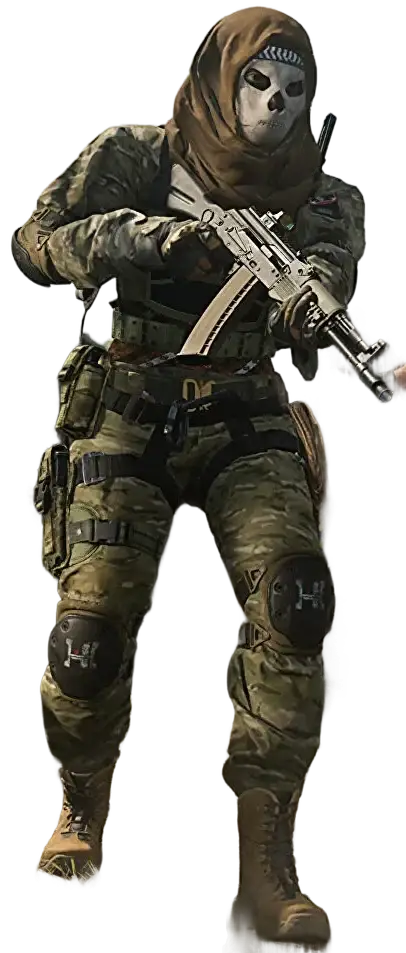
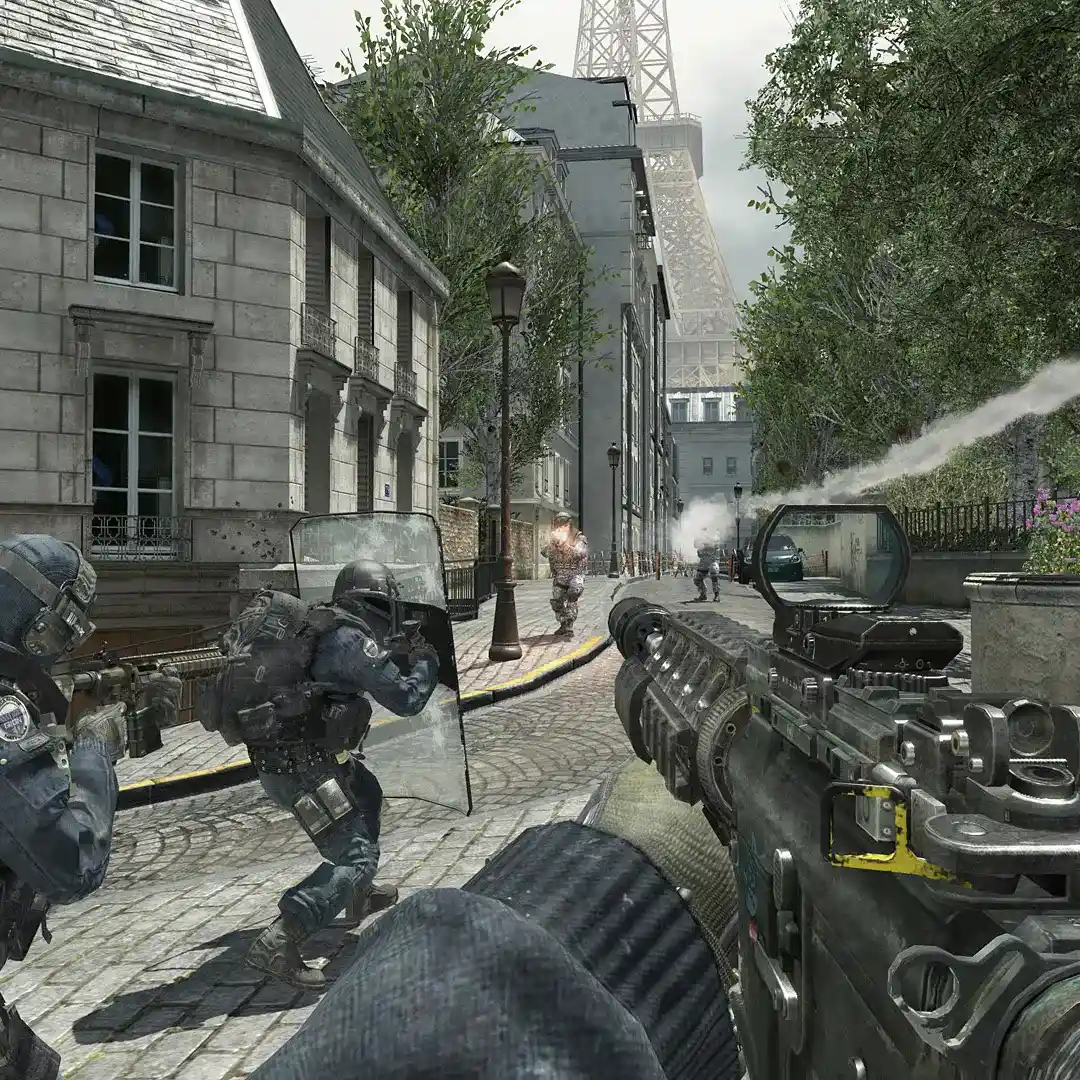
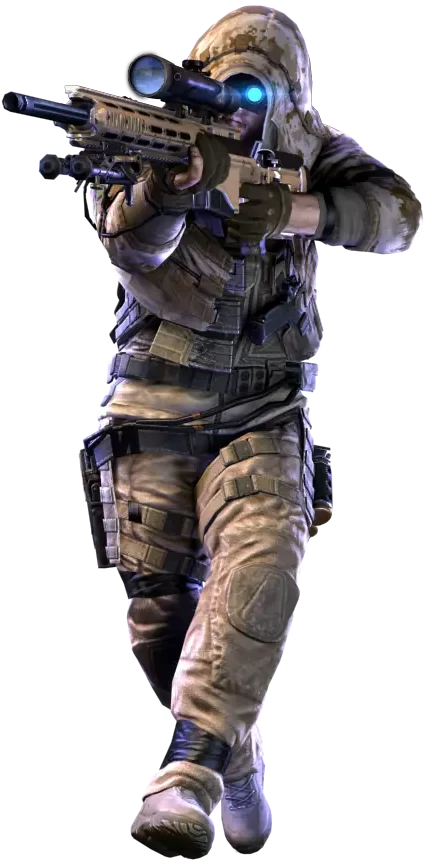
Detailed reviews and recommendations of the most exciting and popular gaming projects that have won the hearts of millions of players around the world. Discover new horizons of virtual adventures that range from fast-paced action games full of adrenaline to deep strategies that require careful planning and tactics. Keep up to date with the latest trends and current innovations in the gaming industry, which are constantly evolving and surprising. We cover both indie games and big releases so that every gamer can find something to their liking. Join our friendly community of gamers, exchange opinions and find your perfect game for an unforgettable time and exciting evenings full of fun and adventure.
Read more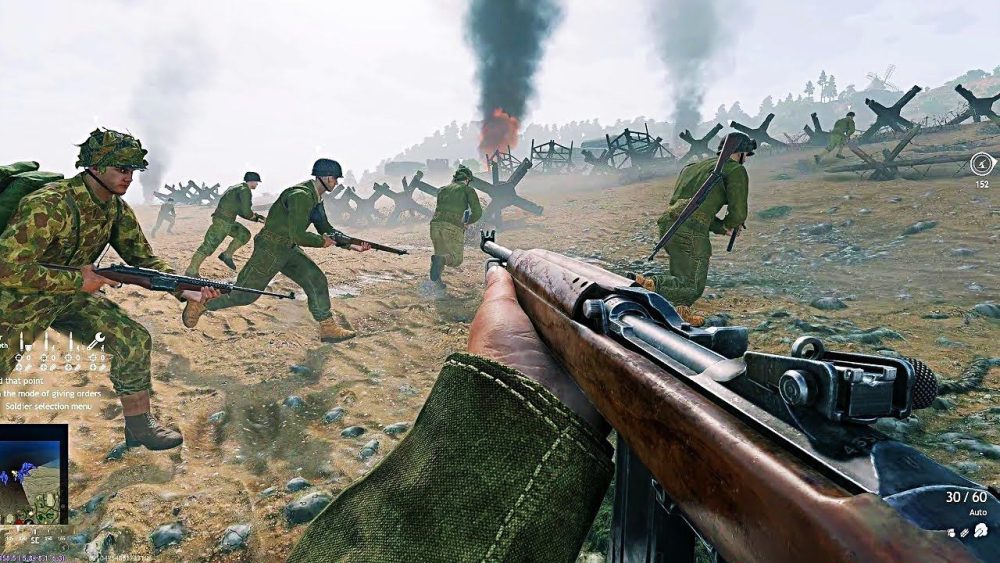
Shooters about World War II on PC have long gone beyond entertainment. They have formed a separate ecosystem where strategies, numbers, and the sound of gunfire replace the narrator. These games have become digital archives — each project offers its own view of the events of 1939-1945, turning the battle into a meaningful reconstruction of …
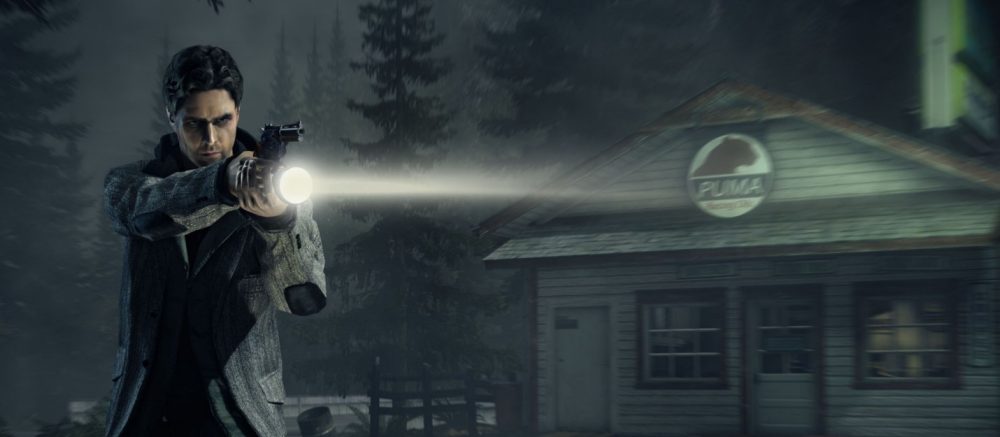
Alan Wake 2 in Russian opens a new chapter in the genre’s history. The game, previously only available in English, has finally found a voice understandable to every Russian-speaking player. Scenes of fear, the hero’s monologues, dialogues in the most tense moments — everything now conveys emotional depth without the barrier of translation. This is …

Fast battles, team tactics, and recognizable superheroes — all await players in Marvel Rivals, a new free shooter from Marvel, where each hero has a unique role, fighting style, and interaction with allies. The approach to balance is based on competitive PvP principles, where the right team composition affects the outcome of the battle. Knowing …
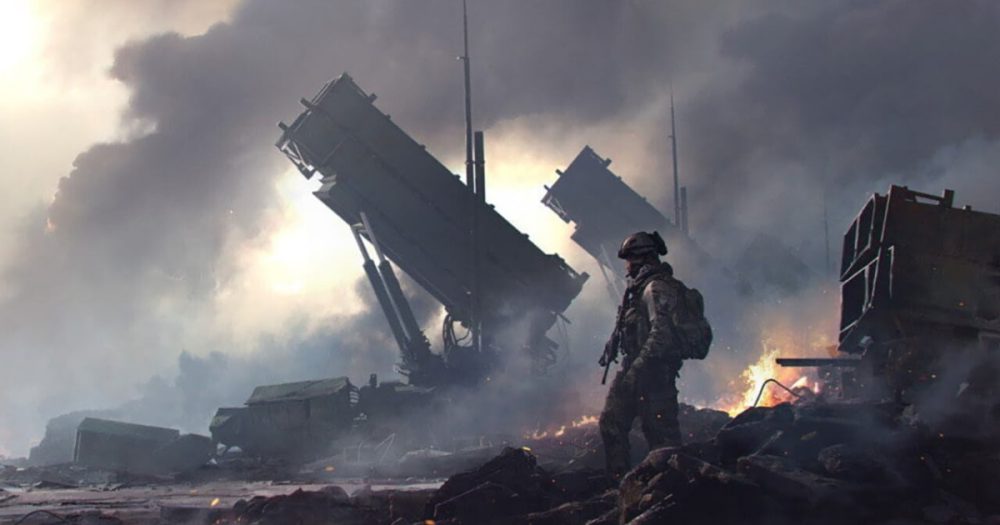
The Battlefield series continues to be one of the most popular and recognizable brands in the world of shooters. Each new game release is accompanied by huge interest and attention from players around the globe. The recent news about the release of a new part of Battlefield by March 2026 is sparking special interest among …
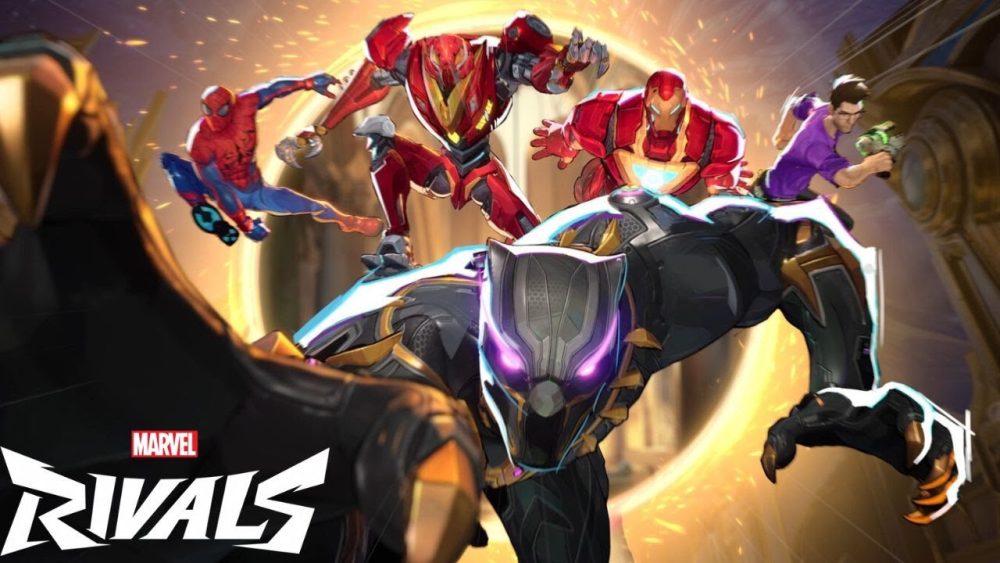
Success in matches is not built on reaction or accuracy. The foundation of victory is the correct distribution of roles. The classes of Marvel Rivals heroes set the strategy, control the zone, initiate battles, heal, hold points, or impose tempo through mobility. Without understanding the structure of roles, the team loses integrity and ceases to …
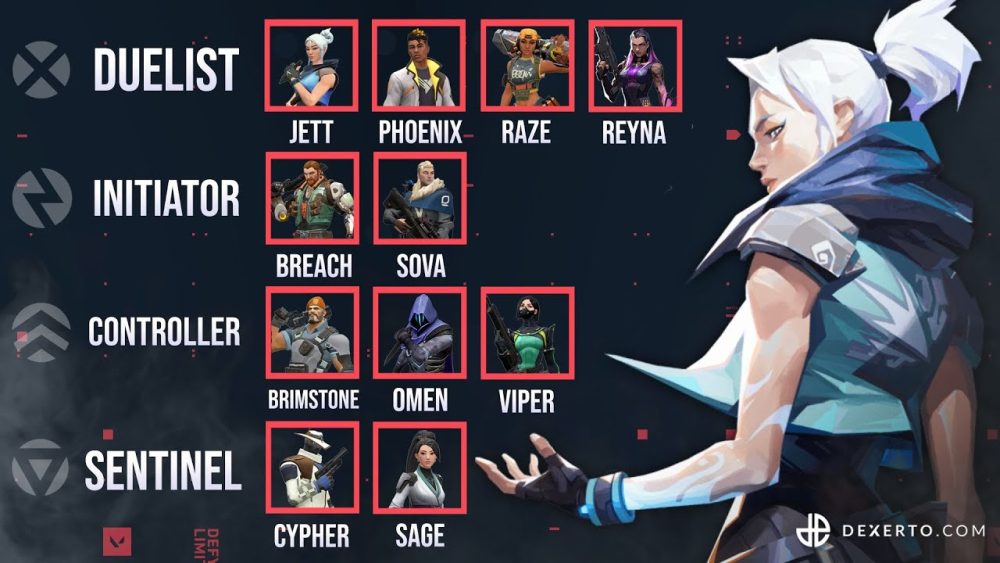
The class system forms the basis of team interaction. Each agent belongs to one of the roles: duelist, initiator, controller, or sentinel. Choosing a Valorant character determines their function in battle, set of abilities, and tactical behavior. Valorant Characters: How Agent Classes Differ Duelists serve as the striking force, initiate aggression, and lead the charge. …
Welcome to our blog dedicated to online game reviews for PC and consoles! Here you will find detailed and unbiased reviews of the most popular and interesting games, which will help you make the right purchase choice. Our team of experts thoroughly tests each game, evaluating its graphics, gameplay, story and other important aspects. Whether it's exciting action games, addictive RPGs or casual indie projects, we will try to reveal all the strengths and weaknesses of each game. Join us and discover new horizons in the world of virtual entertainment!
Read more
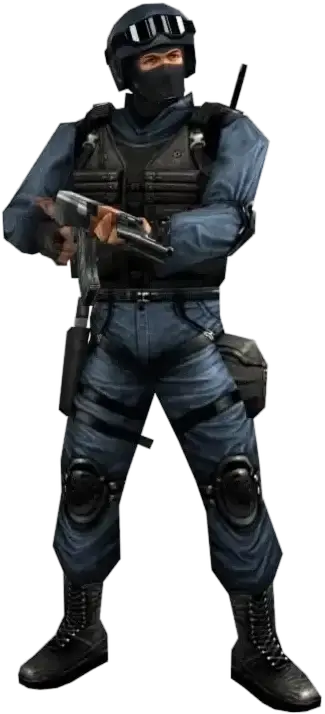


Following online gaming is a great way to watch exciting matches, find out the latest news and trends in the gaming world. It allows you to stay informed and be at the centre of the gaming industry.
Working in game dev offers great opportunities for creative self-expression and professional growth. You will be able to create exciting games that will delight players around the world, and constantly improve your skills in a dynamic industry.
Playing online games provides many benefits. It allows you to have fun, relax and unwind anytime and anywhere. In addition, online games develop logical thinking, improve reaction and coordination. They also help to relieve stress and improve your mood.
Counter-Strike, the iconic first-person shooter game, was first released in 1999 as a modification to Half-Life. It quickly gained immense popularity and became one of the most influential games in the history of cybersports.
Wolfenstein, the iconic first-person shooter series, dates back to 1981, when the original Castle Wolfenstein game was released. This groundbreaking title laid the foundation for the ongoing popularity of the series and its exploration of the grim history of the Nazi regime.
Doom, the iconic first-person shooter, was released in 1993 by id Software, revolutionising the gaming industry with its thrilling action and ground-breaking graphics.

As a streamer, I am in awe of this blog about online gaming. It provides an in-depth and unbiased view of the industry that inspires and entertains.

As a game developer, I just love this blog about online games! It offers a ton of useful tips and interesting reviews that help players stay up to date with the latest trends.

A gaming blog worth reading! A reviewer shares her impressions of new online games. Find out what she thinks about the latest releases.
